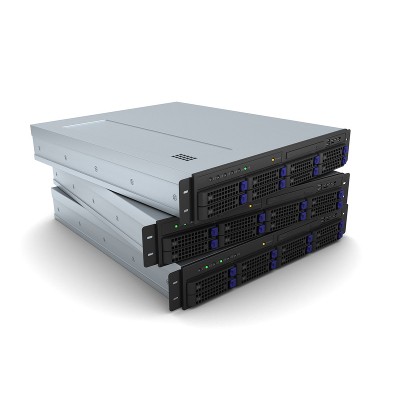PCSOFT Blog
A Crash Course in How Web Servers Work
While many, many people use the Internet daily, for work, leisure, and communication, very few of them actually know how their devices are able to access the Internet in the first place. How does information from miles away make its way to your device? The answer is something called a web server. Let’s take a moment and examine how they do it.
Using the Internet seems simple enough: after typing in the URL (or uniform resource locator), your web browser displays the associated page--but how does this really work?
Well, let’s examine how you got to this article. Let’s assume, for a moment, that you are doing so on a workstation. When you saw the link to this blog and clicked it, your browser took the associated URL and analyzed its three parts.
The HyperText Transfer Protocol, or the part of the URL that says “http,” is how your machine reaches out to the web server that holds this website’s data. The middle part of the address, starting with “www” and ending with “.com,” is the server name that represents that particular IP (Internet Protocol) address. The rest of the URL is made up of a particular page’s filename, to inform the website what content needs to be viewed specifically.
Once this website’s host server received the request from the HTTP, it returned the HTML text for this requested page. Your browser then took that HTML text and converted it back into a viewable webpage, allowing you to read and understand these words.
Web servers are also responsible for managing the stored credentials that are allowed to access password-protected pages. Any time you’ve had to log into a website, you’ve essentially had to prove yourself to the web server before you were allowed access.
Of course, this is all assuming that the website is static, which is a technical way of saying that the site is only changed if the creator goes in and manually changes it. Dynamic pages, or ones that change based on input (for an example, think about Google’s results pages) operate on a different level, usually using things like CGI scripts… but that’s for another time.
If you have any other questions about the technology behind your business, or perhaps need some help with your solutions, reach out to us at PCSOFT.


Comments